All you need to know about Omnichannel Marketing (Plus 5 tips for online stores)
The customer path to purchase has changed rapidly (and continues to). There used to be a time when shopping just occurred in brick-and-mortar shops and, in the early days of eCommerce, on the personal computer. That kind of buying is still going on today, but now people prefer to use several different platforms and devices in a single buying period. In addition, to make it even more complicated, new channels are rising on a continuous basis.
It goes without saying that buying is no longer a linear road. Purchasing can become a bumpy ride with lots of detours that can inevitably lead to frustration for your customers. This is why you need to make it as simple as possible for them to move along your sales funnel and why you need to follow an omnichannel marketing strategy. Unfortunately, very few companies are winning over this form of cross-channel marketing.
Why is that so? The reason is omnichannel is an incredibly misunderstood word, and many small businesses don’t even know where to start. In this article, I will explain to you everything you need to know about Omnichannel marketing, and at the end of this, you will get 5 strategies on how to apply this great form of marketing to develop your business. Let’s jump right into the details.
What is Omnichannel marketing?
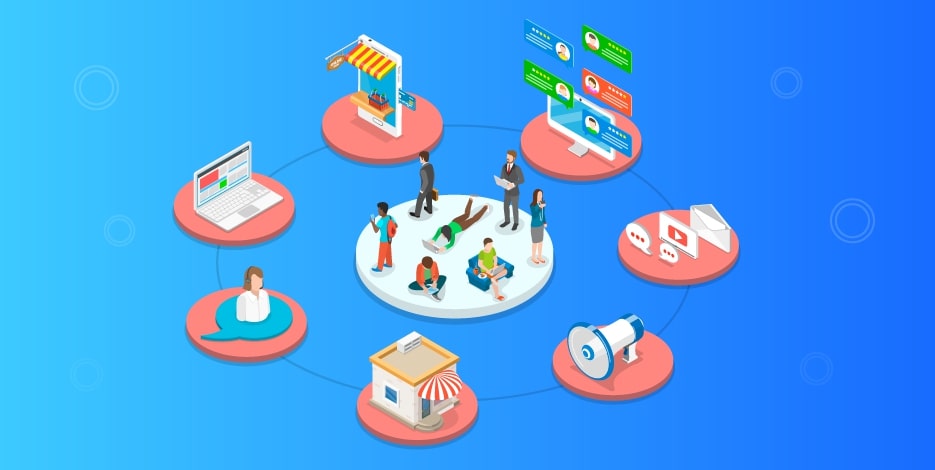
With the introduction of new words in the digital marketing world, it becomes so easy to get lost. Many marketers even confuse multichannel marketing with omnichannel. Let’s just break this down so that there’s correct understanding and no confusion.
What is Omnichannel?
Omnichannel is the concept of using all your platforms to create a seamless, cohesive buying experience for your customers. This involves both conventional and digital platforms, point-of-sale, in-store and online experience.
Read more:
- 8+ Best Shopify Omnichannel Apps
- 15 Persuasive Writing Techniques to Increase Conversion
- What is International Marketing?
- Marketing Intermediaries Definition, Types, Examples, and More
What is Omnichannel Marketing?
Omnichannel marketing generates a cohesive message that is customized to your customer’s behaviors across your sales funnel, offering the ultimate personalized customer experience.
Omnichannel Marketing Definition: Omnichannel marketing uses digital and/or conventional marketing platforms to deliver a relevant message to the target customers of the brand.
Here are a few examples of how this works:
- The customer receives an email or SMS message about a promotion when shopping in-store.
- The customer receives an SMS about a deal in their mailbox with physical coupons.
- The customer receives a cart abandonment notification in their email inbox, and even gets followed up by retargeting ads for the abandoned product.
Multichannel vs. Omnichannel Marketing
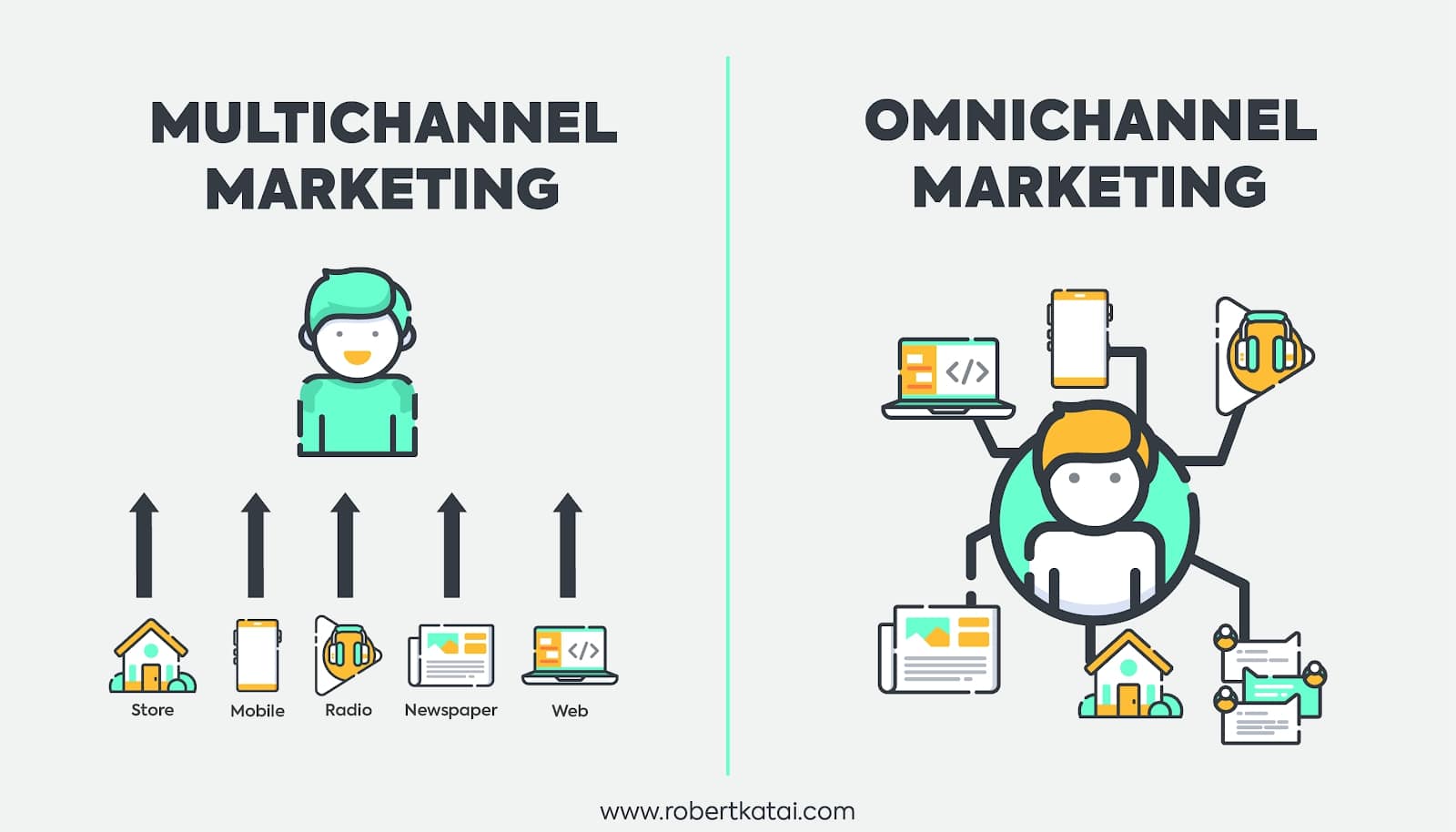
Omnichannel marketing is an approach that provides consumers with a fully seamless and optimized shopping experience from the first point of contact to the last. This means that each channel works together to create a cohesive message, a voice, and a brand for your business. Today’s consumer buying journey is omnichannel. They move among channels when engaging with an eCommerce brand, and today, marketers are only starting to respond to this behavior.
When was the last time you saw an online shop and just bought it on your first visit? Customers need to build confidence in an eCommerce brand before they feel comfortable purchasing it. There are clear distinctions between multichannel marketing and omnichannel marketing.
The differences between multichannel and Omnichannel Marketing
Omnichannel marketing, unlike multichannel marketing, keeps the message relevant by adjusting it to each channel as the consumer interacts with your brand. Multichannel marketing has largely static messages across various platforms, but these platforms do not update and tailor to the needs of the target audience.
The key difference between multichannel and omnichannel marketing is that multichannel marketing places the brand at the forefront of the campaign and delivers the same message to consumers on all platforms. This is what makes multichannel marketing different from omnichannel marketing.
Using an omnichannel marketing approach means a few things:
- When a customer is in touch with your brand, no matter what channel, you’re there.
- Each channel is used to communicate with your customers and automatically reacts to the needs of the customer.
- You provide a deeper level of personalization no matter who the customer is, what platform they’re using, or where they’re on their customer journey.
Omnichannel marketing places the consumer at the core of the marketing effort. In an omnichannel marketing approach, the message evolves and adapts to how the consumer communicates with each platform.
This means that as your customer goes through their customer buying journey, the channels will be modified automatically so that the next one delivers a message that is important to the customer. There are plenty of omnichannel marketing examples out there, but let’s build one to highlight the difference:
The customer signs up for your mailing list and decides to accept SMS marketing:
- You send a welcome message with your first discount via SMS and follow up with an email
- The customer is coming back and searching, signing up for push alerts, but ultimately not buying.
- The customer clicks on the retargeting ad and returns, adding items to their cart.
- The customer receives a letter of abandonment of the cart via email and revisits their cart
- The customer will finish their purchase and opt for updates from Facebook Messenger.
- Order and shipping confirmation notifications will be sent via Facebook Messenger.
From there, all of the platforms used could be used again to get the consumer in for a repeat purchase. With an omnichannel concept in place, the consumer will get a customized message that is specifically applicable to what they need at any given time, no matter what channel they’re on.
Read more: Distinguish Omnichannel vs Multichannel
Key benefits of omnichannel marketing

When there’s no connection between the channels you use to communicate with the customers, that creates fragments in the experience between your customers and brand. According to Google, “Shoppers who purchase through multiple channels have a lifetime value 30 percent higher than others”. By adopting an omnichannel approach, you will be able to create an enjoyable purchase experience for your customers. Here are the main advantages of an omnichannel marketing strategy.
Higher return of investment (RoI)
Businesses adopting an omnichannel strategy tend to make substantial investments in new technologies and software. The introduction of the new tools needs to be implemented right through the business processes.
It requires a wider business vision and needs to be guided from the top of the organization to be successful. However, investing in customer engagement programs would result in a higher ROI in the long run. The major benefits are:
- Lesser touchpoints. Omnichannel marketing allows you to understand customers’ concerns and offer effective solutions faster. This will help improve conversions while reducing the number of touchpoints required.
- Higher satisfaction. When customers receive quick and effective solutions from your business, the satisfaction level increases greatly. This, in turn, will improve the lifetime value of the customer (CLTV).
Read more:
Streamline conversations under one platform
Omnichannel help puts together all the customer conversations in one place to better understand the customer journey. By evaluating it, you will gain in-depth insights to personalize consumer experience across all touchpoints.
You’ve got to be where the consumers are. By being active on all the touchpoints, you can deliver real-time interaction and enhance customer service. Here’s what omnichannel marketing would allow you to do:
- Map your customer journey. Omnichannel marketing enables you to understand your customers’ needs better, and use those insights to come up with strategies to engage them more effectively across all touchpoints.
- Identify the right channel. You can know what channel your target audience often uses to connect with you. This will allow you to deliver a great experience to where your customers are.
- Build the right strategy. By using the insights about your customer behavior from omnichannel marketing, you will be able to build the right strategy for delivering a seamless experience across your marketing channels.
- Identify the gaps. Omnichannel marketing allows you to discover the gaps in your communication strategies or where the customer experience is fragmented. With this knowledge you will be able to bridge the gaps to offer the best omnichannel experience.
Understand your customer journey to gain insights
The omnichannel approach helps to gain useful insights into past consumer experiences with your brand. It helps to use consumer travel maps to address customer needs and offer optimum omnichannel experience. Knowing customer behavior helps to refine the processes in order to reduce customer dissatisfaction, bridge process gaps and move them towards conversion.
How does monitoring customer journey help you create an amazing omnichannel experience?
- Find out the touchpoints. You can identify the major touch points where your customers need your support and be actively offer it to them.
- Act proactively. Knowing all touchpoints will help you to take proactive actions across the behavioral journey of the customers.
- Build efficient processes. You can come up with specific strategies to deliver effective real-time support on the right channel to perfect customer experience.
- Build self-service options. Providing self-service options like tutorials, videos, etc. eagles your customers to find solutions without having to wait for your support.
- Acquire customer feedback. Frequently ask your customers for feedback, share them with the relevant teams, and continuously work on weak points.
Better team productivity
Generally, there is a lot of time involved in addressing a single problem by holding a lot of back-and-forth discussions with customers. The Omnichannel dashboard empowers your team with real-time feedback on their experiences with consumers on all channels.
Being omnichannel helps to reach the main KPIs in order to boost team performance. Key metrics include Contact Touch Resolution (FCR), Total Resolution Time, Average Response Time, and Missed Conversations.
How omnichannel improves performance and boosts team productivity:
- Less touchpoints = Less complexity. The insights you get will allow you to understand the customer journey better, and all departments can use that to constantly deliver personalized solutions right at the first touchpoint.
- Time & resources. With customer problems solved faster, you will be able to solve more queries.
Boost your customer retention
An omnichannel approach connects all platforms and helps to gain a deeper understanding of consumer behavior by evaluating their experience and providing reliable support. Over the course of their lifetime, Omnichannel customers are very important to your business.
Brands that make an effort to reach their audience with an omnichannel prevent churn and serve as one of the business’s consumer retention strategies. Omnichannel engagement approach empowers consumers to communicate with the brand through their chosen platform and to make a seamless transition through the same interaction.
As businesses open all gateways for consumers to communicate with time, customers find it more convenient and prefer to keep coming back to your business.
Read more:
- 9 Effective Customer Retention Tactics
- Customer engagement for eCommerce
- Understanding Customer Value
Deliver a unified customer experience
Customers online and offline tools such as live chat, Facebook messenger, or service centers to connect with brands. Creating continuity between each channel enhances the experience as well as the reputation of the brand.
The omnichannel customer service approach focuses on offering consistent experience across all platforms. This ensures that the platforms are unified under one house to bring continuity and ensure consistency across the board. Experience is the same regardless of the point of interaction used by the consumer.
Here are the key advantages of consistent omnichannel experience:
- Engage with the customers in real-time via their preferred channels, and reduce the average time it takes to respond.
- Boost customer satisfaction by using insights to offer effective solutions right off the bat.
Provide useful insights into the profiles of consumers examining their journey in order to obtain a deeper understanding of consumer expectations and desires.
Omnichannel marketing examples
Amazon
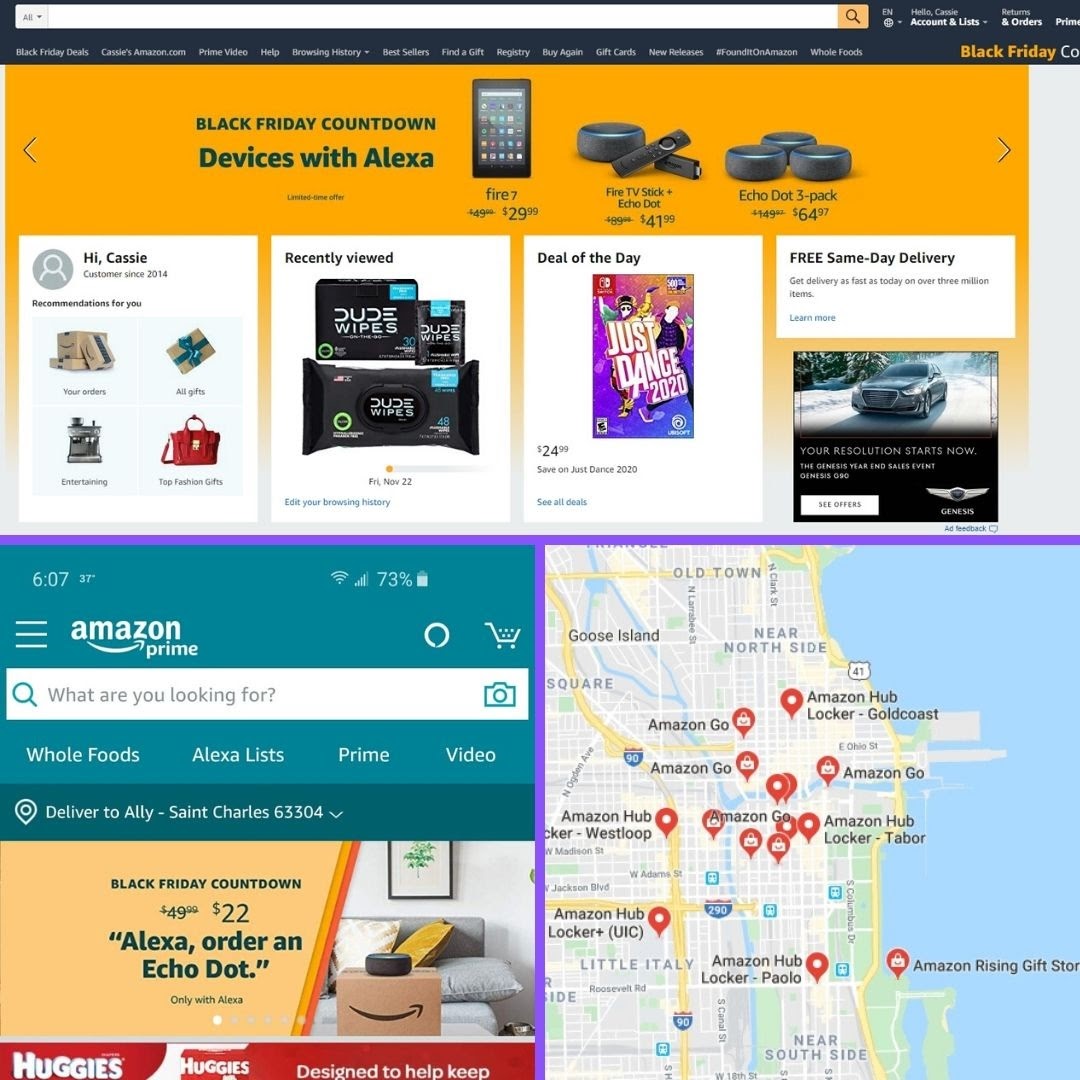
What started as an online-only venture rapidly became one of the largest omnichannel examples in eCommerce. Not only do consumers can connect with Amazon profile via the Amazon website, but they also get access to their same service via:
- Alexa devices
- The mobile app
- Smartwatches
- In-store
Customers can take their Amazon card with them almost anywhere, thanks to the brand’s seamless omnichannel approach. Not only can they place and track orders, but they can now opt to pick those orders up in-store, at different “lockers”, or to send them to their doorstep. Will you need a repeat order or something to add to your shopping list? Easy — Simply manually add it to your shopping list via your smartphone or instruct your Alexa system to add it to your shopping list.
LiveOnNY

Omnichannel marketing cases are not limited to big-name stores. In reality, several non-profits are taking advantage of the omnichannel approach to help spread awareness of different causes. Take the LiveOnNY initiative, for instance.
This initiative was started by LiveOnNY and Blue Fountain Media to help raise awareness about organ donation, as well as bring the subject to life through their website and social media campaigns. The campaign shares first-hand experience with organ donation, while inspiring others to make contributions through user-generated memes through social media.
Walgreens
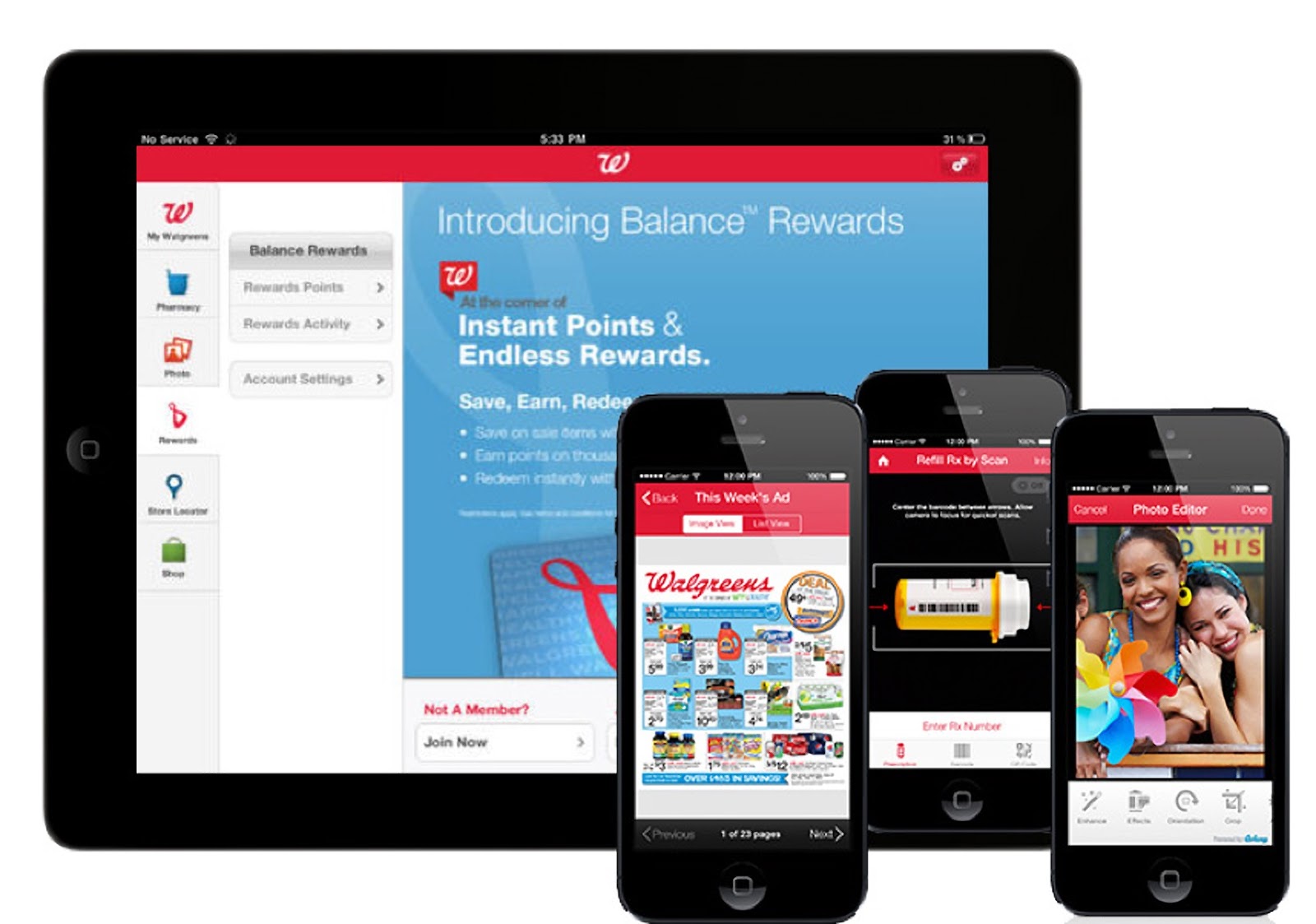
The Walgreens rewards balance program is another great example of an omnichannel marketing strategy. Like the Starbucks Loyalty Rewards program, customers can gain reward points in a number of ways, including:
- In-store purchases
- Activity tracking by linking fitness apps to the Walgreens app
- Complete health information surveys
- Online purchases
- Getting in-store vaccinations and more
If the customer has earned enough points, they can convert them into cash by redeeming them during transactions in the store or online.
Chase Bank
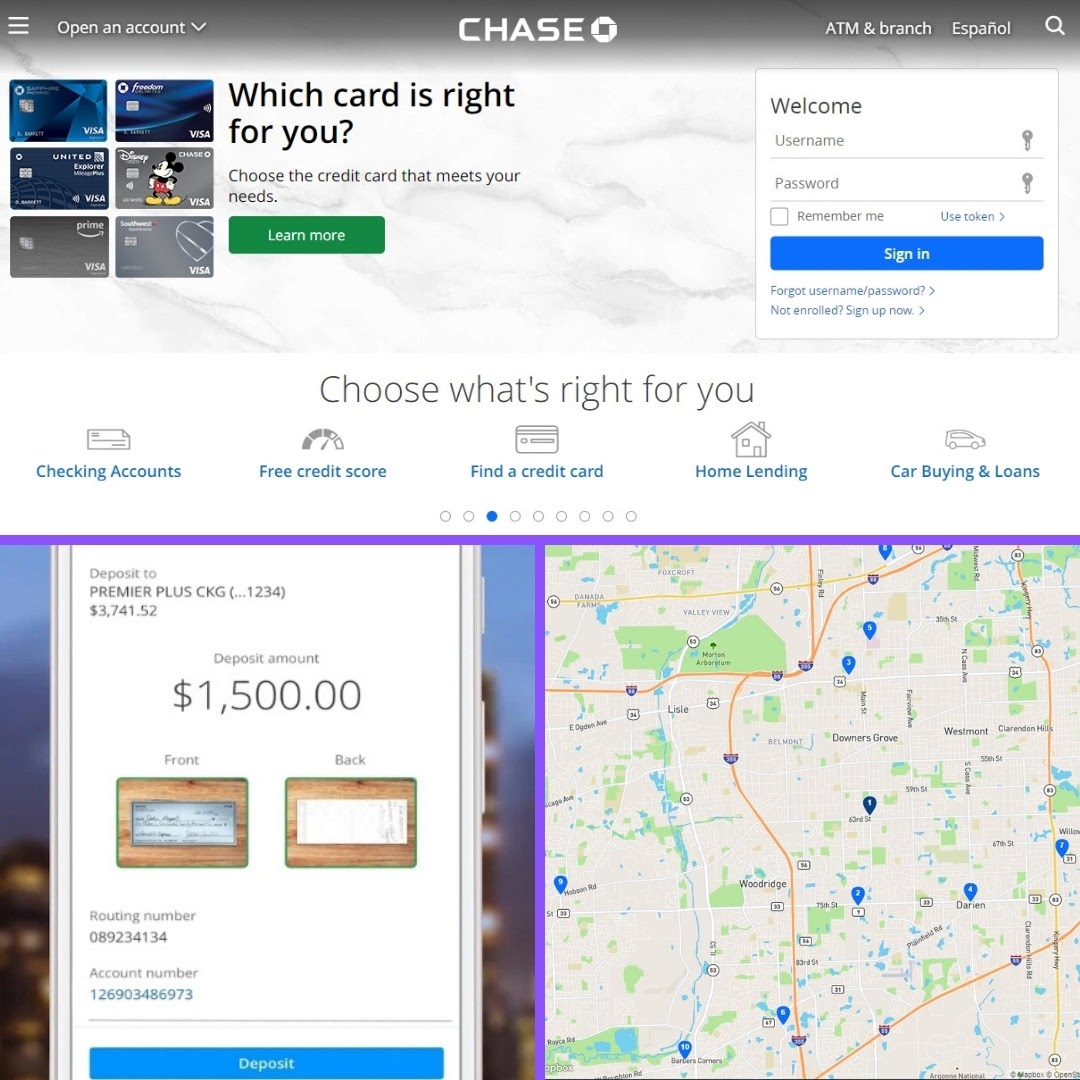
Retail is not the only big sector that can benefit from an omnichannel marketing strategy. Many large financial institutions have also begun to embrace an omnichannel marketing strategy. Take Chase Bank, for instance.
Although Chase has thousands of locations in the United States alone, it also encourages its customers to use both its website and its mobile app for day-to-day banking. In reality, several smaller banks have done the same in an attempt to simplify day-to-day processes for their customers.
Being able to move money via mobile device is much easier than having to log in to your account on your desktop, since it is possible to search via the app instead of having to talk to the teller face-to-face.
Five strategies for building an omnichannel marketing strategy
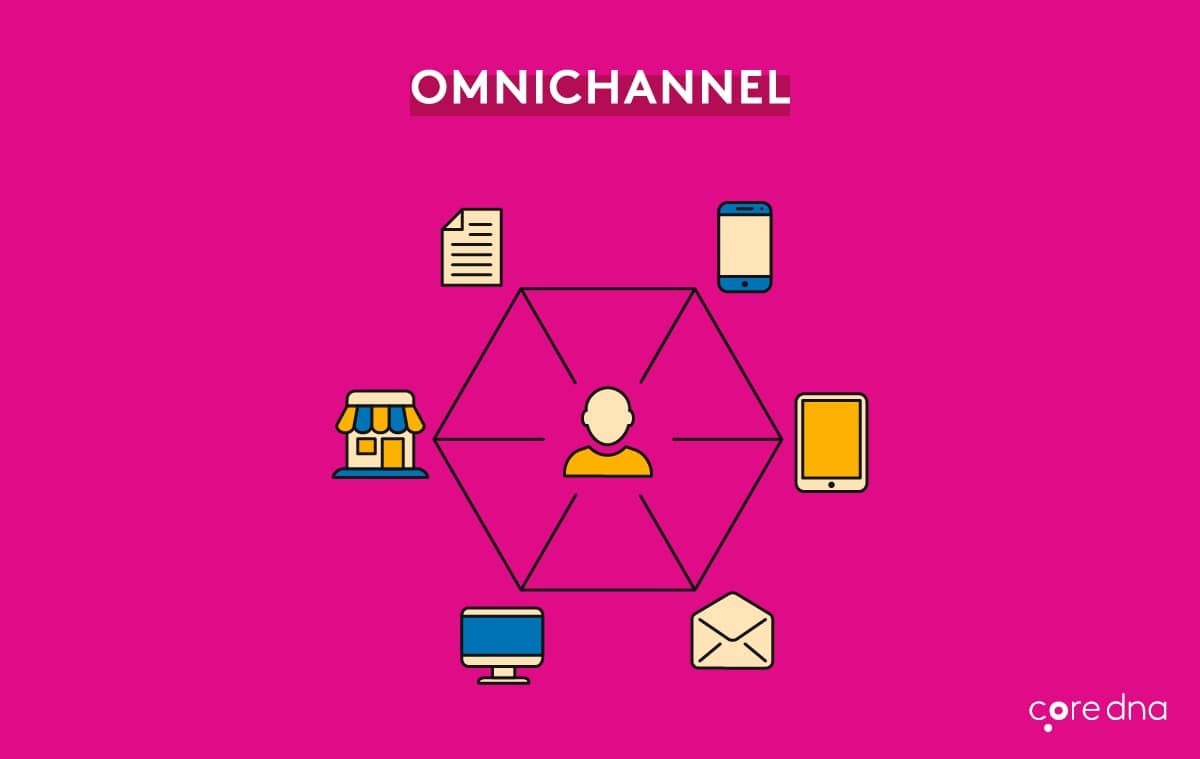
Optimize your organizational structure
Your customers don’t care about the internal structure of your company. Whenever a customer interacts with you as a business, they see it as a single, cohesive brand, not a set of separate departments and data sources.
In order to provide the seamless experience that consumers want, you need to communicate your goods and services in a consistent manner, and that consistency begins at the cooperation of all departments. Your first step is to bring all the divisions of your company on board with your new vision. Omnichannel marketing is accomplished by internal cooperation and involves coordinated teams and technology. You need all your divisions to be on the same page, to promote the same message, and ultimately to place the customer first and foremost.
You’re just going to need the right people in the right place at the right time. After you have developed omnichannel marketing, you can recognize a variety of contact points where consumers can connect with your company and locations that may influence their decision-making and willingness to buy your goods or services.
Determine the teams will be responsible for each point of contact, how they will monitor and react to customer actions and how this knowledge will flow to other teams.
Focus on your analytics

Analytics is a goldmine of omnichannel marketing. It lets you better understand your clients, find untapped market opportunities and make smarter business decisions. It helps you to maximize the customer’s engagement with your company by monitoring their actions and delivering customized content intuitively.
To turn to omnichannel marketing, you will need to connect your data sources and handle massive data volumes. If you currently have a handful of fragmented data collection systems, it would be smart to substitute them with a single overarching framework that can combine data from online and offline business areas.
You can start by mapping your current data capture method. Set up a new reporting system to ensure that each region documents data at the same level of details, in real-time and in a manner that is easy to interpret. Store the details in a single location. When set up, you can incorporate off-site data such as sales data and storage. With this, you can have a bird’s eye view of all the various ways your customers communicate with your brand.
Become a customer-centric brand

Your company may need to experience a radical change in mindset – away from conventional targeted marketing and towards a dedication to customer-driven marketing, where consumer behavior dictates how you communicate with them. This can indicate a shift in company culture, a new strategic strategy, and a willingness to engage in risk and experimentation. Be prepared to make mistakes, but be prepared to learn from them as well.
Better understanding and building a relationship with your customers will help you find the most successful customer groups. You’re going to need to be sensitive, open, and communicate with them in the ways they initiate, and your analysis will play a key role in this.
The quality of the content should be adapted to the individual actions of the customer. Draw a map or calendar of the journey of the customer and the decision points along the journey. Develop content to fit the customer’s various navigational choices, take into account demographics and personalities, and analyze micro-segments through your analytics.
Link your marketing channels
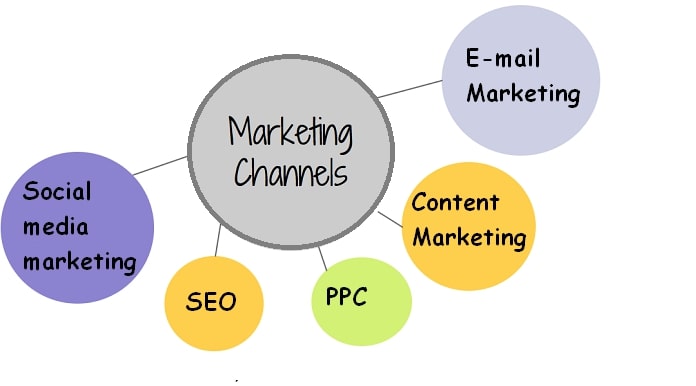
Recognizing the function and benefits of each channel individually brings the company together, and the various ways in which channels can be integrated can help you create both a customized service and a consistent brand experience.
The ultimate quest is to create consistency between each channel, and to do so, you need a strategy of communication that delivers clear messaging across all consumer touch-points, as well as technology that connects various devices – such as smartphones, apps, tablets, laptops and desktop computers.
An item placed in a shopping cart on a home computer should also appear on the customer’s phone app. Or the discount offered online should still be open to the consumer once they visit the physical store.
Connecting technologies, communications and devices can help you keep track of your customers and provide them with a seamless customer experience. Your research will decide where and how consumers will find information, which devices they prefer, and when they are most likely to purchase goods and services.
You might connect different media in innovative ways and broadly monitor the effects, use social media interaction to measure the impact of a TV ad, for example, or add a hashtag campaign to your events and respond to audience discussions.
AHM Insurance, oOh! Media, and the Australian Traffic Network coordinated commercial radio traffic updates with six strategically placed digital billboards in Melbourne so that rush-hour commuters could see and hear a brand message simultaneously while driving on the road.
Monitor your customers’ experience
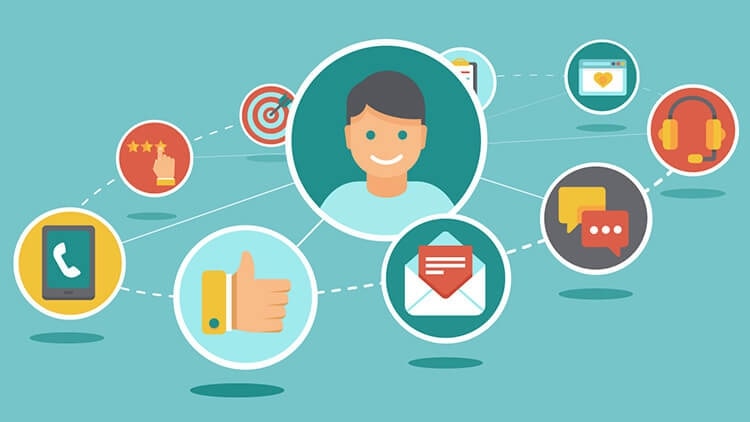
With all this operation and a multitude of possibilities, you will need a detailed and coherent marketing plan that brings consumers closer to your brand and generates profits. Your approach should provide a strong foundation for aligned marketing efforts and set your priorities and objectives across various platforms as a whole.
When writing your plan, anticipate that customers will start on one channel and switch to another. This transition needs to be smooth. Make sure the approach gives the teams feedback on how to react to customer experiences and how to give them positive brand experience regardless of their decisions.
It goes without saying that you would need the right data structures in place to execute your plan. Analytics is your foundation and can be used to build and shape your strategic path and improve the efficacy of your strategy.
You will figure out ways to maximize consumer touch points to turn ‘cold’ lead into ‘hot’ lead, define new market segments to streamline the consumer journey. You may also change your approach in response to evolving trends.
Leading your company towards omnichannel marketing will take a lot of work, but this customer-centric marketing style will keep your company relevant for a very long time, as well as prepare you for future marketing and larger data sets to come.
Related posts:
- Why Reorder Point Can Hurt Your Business?
- Key Differences between Reach vs Impressions!
- 7 Functions of Marketing for Business
Final Words
That’s it! I hope I’ve got everything you need to know about Omnichannel marketing from this article. It’s not easy to bring this form of marketing into practice, but the effort will pay off greatly! Please feel free to leave comments below for further discussion on this topic.
New Posts







